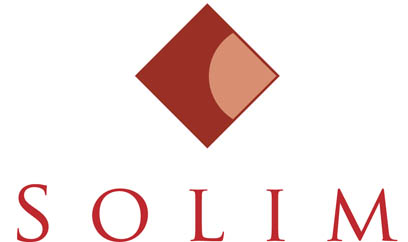Traditional economic theory has a well defined position regarding the possible effectiveness of news to determine the future behaviour of equity markets.
One of the basic assumptions, that equity prices essentially perform a random walk around the prevailing trend, would appear to foreclose any likelihood of outperforming the market for any significant period of time. It is claimed that the sheer number and interconnectedness of the variables determining the outcome leads to an intricate interdependent system that can only effectively be modelled using the mathematical concept of a non-linear dynamic system. The essence of a non-linear dynamic system is that minute – practically undetectable – changes in entry conditions may well lead to very significant differences in the outcome. Thus, effectively preventing any meaningful predictions about the future outcome, even if all entry conditions were known.
This leads to a situation of uncertainty which is graphically illustrated by prof. John Allen Paulos (1). He state that all equity market assessments essentially state that “Things will continue roughly as they have been” with the added clause “Until something changes”.

 Read more
Read more